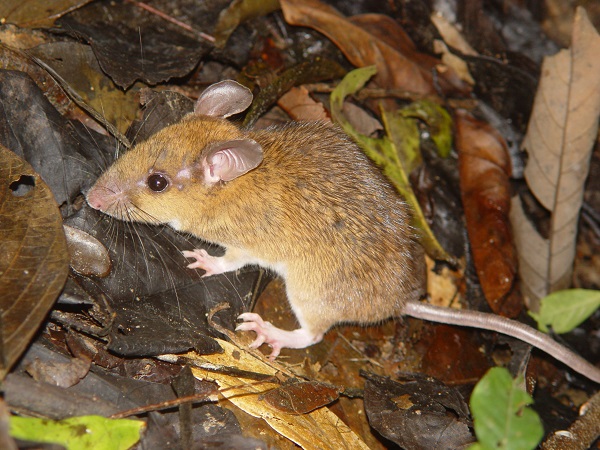Seed size selection under rodent predation and dispersal is a complex process. However, it is not clear if there is a trade-off during the dispersal process and what implications that would have for plant seed size. It is necessary to investigate the effects of seed size on fitness during the whole dispersal period. Researchers from Xishuangbanna Tropical Botanical Garden (XTBG) and Institute of Zoology (IOZ) proposed a conceptual model to predict the dispersal success (i.e. seedling establishment) based on their size in order to further understand how seed size affected seed fate at each stage, and subsequent dispersal success. They divided the dispersal process into two stages as pre-removal (at seed station or under parent tree) and post-removal (removed from seed station or from parent tree). The researchers investigated the effects of seed size (measured as seed mass) on the seed fates from seed release to seedling establishment of a dominant plant Pittosporopsis kerrii (Icacinaceae) dispersed by scatter-hoarding rodents in the Xishuangbanna tropical forest, Yunnan, southwest China over a five-year period. They aimed to test the hypothesis that large-sized seeds would have highest dispersal success because small-sized seeds are more likely predated while large-sized seeds are more likely dispersed. They further tested whether medium-sized seeds would have the highest dispersal success, due to differential rodent foraging preferences on seed size across different seed dispersal stages. They found that seeds experienced conflicting pressures at pre-and post-removal stage. Small-sized seeds were more frequently eaten at early dispersal stage, while large-sized seeds were more likely to be eaten and pilfered (or larder hoarded) at late dispersal stage, which resulted in highest dispersal success of medium-sized seeds. The study entitled “Differential foraging preferences on seed size by rodents result in higher dispersal success of medium-sized seeds” has been published online in Ecology. Contact ZHANG Zhibin Ph.D Principal Investigator State Key Laboratory of Integrated Management of Pest Insects and Rodents, Institute of Zoology, Chinese Academy of Sciences E-mail: zhangzb@ioz.ac.cn Tel: 86-10-64807069  A scatter-hoarding rodent disperses seeds. (Image by CAO Lin)
|

